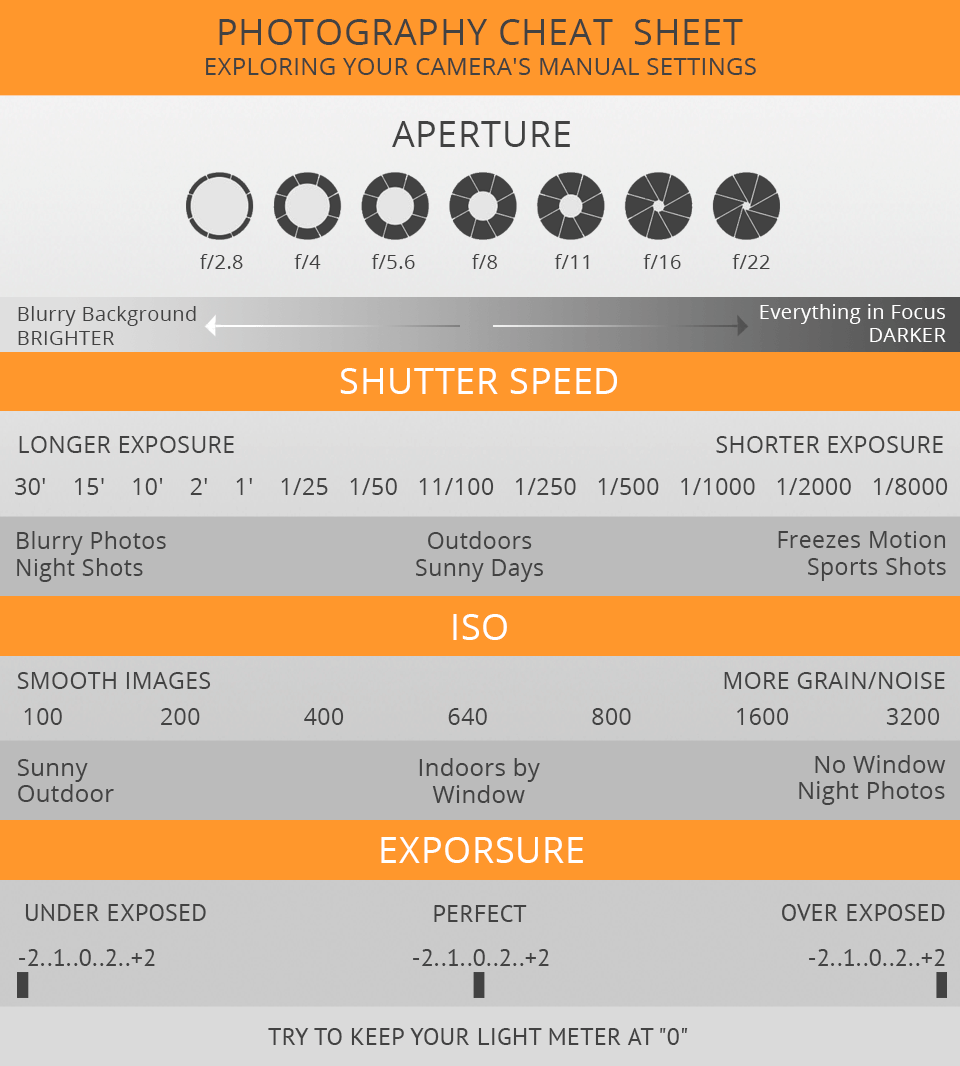What Every Photographer Ought To Know About Illumination
What Every Photographer Ought To Know About Illumination
Blog Article
Material Author-Greenwood Godwin
As a digital photographer, you understand that illumination can make or damage your photos. Comprehending the nuances of both all-natural and fabricated light is important for recording the mood and clearness you aim for in your work. Whether you're chasing the perfect golden hour glow or tweak your artificial arrangements, mastering these aspects can elevate your digital photography dramatically. Yet there prevail challenges that many overlook, and acknowledging them can transform your strategy to every shoot. Allow's discover what you might be missing and just how it can impact your outcomes.
Recognizing Natural Light
Comprehending all-natural light is essential for any photographer looking to improve their work. It's the structure of wonderful photography, influencing state of mind, tone, and clarity. When you shoot outdoors, focus on the time of day. The gold hour-- soon after sunrise and prior to sunset-- offers soft, warm light that can change average scenes right into magnificent photos.
Do not undervalue the power of cloudy days. Cloud cover diffuses sunshine, producing a soft, even light that's best for portraits and macro digital photography. You'll discover colors appear this type of lights without harsh darkness.
Positioning matters, too. Always consider your topic's orientation to the source of light. If the sun's behind your subject, you might end up with a shape, which can be remarkable yet mightn't be what you desire. On the other hand, direct sunlight can produce uncomplimentary shadows.
Trying out https://primefeed.in/news/20910/digital-photography-market-rising-growth-with-keyplayer-nikon-sony-canon-kodak-panasonic-samsung-electronics-casio-computer-sigma-fujifilm-hewlett-packard-toshiba-leica-camera-ricoh-seik/ , transforming your perspective can generate outstanding outcomes. Use natural reflectors, like water or sand, to jump light onto your topic, including dimension.
Mastering Artificial Light
Grasping man-made light is crucial for photographers that wish to take their skills to the next degree. Whether you're using speedlights, workshop strobes, or constant lights, comprehending just how to adjust these sources can dramatically boost your photos.
Beginning by acquainting on your own with the basics of light quality, instructions, and color temperature. Explore various modifiers like softboxes, umbrellas, or grids to regulate the soft qualities or harshness of the light.
You'll discover that soft light typically develops flattering outcomes, while harsher light can add dramatization and deepness. Do not shy away from darkness; they can improve the three-dimensionality of your topics.
Pay attention to the placement of your lights. A light positioned as well close to your topic can develop unflattering outcomes, while also far can cause an absence of information. Make use of a light meter or your video camera's histogram to ensure you're exposing properly.
Lastly, keep in https://zenwriting.net/amber91marine/vital-photography-equipment-what-you-really-need-to-get-going that fabricated light can be mixed with ambient light for imaginative results. Balancing these resources could take method, but once you master it, your photography will genuinely radiate.
Methods for Various Scenarios
When you step into different shooting circumstances, adapting your lights techniques is vital for capturing the very best images. For outdoor portraits, make use of the golden hour-- morning or late afternoon light-- to soften shadows and enhance skin tones.
If it's a severe lunchtime sunlight, take into consideration making use of a reflector to bounce light back onto your subject or look for shaded locations for a much more even direct exposure.
In low-light situations, like interior events, raise your ISO and make use of a broad aperture to allow in more light. On location Photography can help remove camera shake, permitting longer direct exposures without obscuring.
If you're contending evening, trying out off-camera flash to produce vibrant illumination and deepness in your pictures.
For item digital photography, utilize diffused lights to prevent rough reflections. Softboxes or light tents can aid attain this result.
When photographing landscapes, take into consideration the instructions of light and time of day, as it can drastically transform the mood of your shot.
Constantly be ready to change your settings and positioning based upon the scenario, as adaptability is vital to understanding lights in photography.
Final thought
In conclusion, understanding lights is essential to raising your photography abilities. Embrace natural light's appeal throughout gold hour, and don't avoid try out synthetic light techniques. By adjusting your approach to different scenarios, you'll catch spectacular pictures that reverberate with feeling and clearness. Remember, the ideal lighting can transform an ordinary shot into something phenomenal, so keep exercising and refining your understanding of both all-natural and man-made light. Happy capturing!
